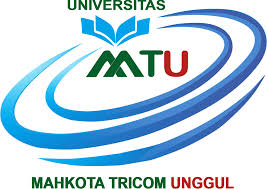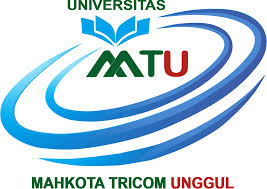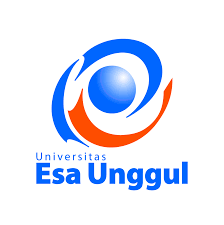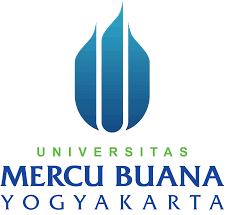Systematic Literature Review: The Influence of Forensic Audit and Anti-Fraud Programs on Money Laundering Crimes with Regulatory Compliance as a Moderating Variable
DOI:
https://doi.org/10.55927/fjst.v4i9.225Keywords:
Forensic Audit, Anti-Fraud Program, Money Laundering, Regulatory Compliance, Systematic Literature ReviewAbstract
This study aims to systematically examine the influence of forensic auditing and anti-fraud programs on the prevention and detection of money laundering crimes, with regulatory compliance as a moderating variable. Using the Systematic Literature Review (SLR) method, a total of 30 peer-reviewed articles published between 2013 and 2024 were analyzed to identify patterns, variable relationships, and the effectiveness of forensic and anti-fraud interventions. The results reveal that forensic audits significantly contribute to detecting suspicious financial activities and uncovering money laundering schemes. Meanwhile, well-structured anti-fraud programs enhance internal control systems and reduce fraud risks. Regulatory compliance—particularly with Know Your Customer (KYC), Anti-Money Laundering (AML) protocols, and mandatory reporting of suspicious transactions—was found to strengthen the relationship between forensic audits, anti-fraud programs, and the effectiveness of money laundering prevention. This study provides strategic implications for regulators, auditors, and financial institutions in reinforcing a comprehensive and proactive approach to combating financial crimes.
References
Arif, M., & Nugraha, A. (2020). Forensic audit and prevention of money laundering in financial institutions. Journal of Accounting and Auditing, 18(2), 145–157.
Cressey, D. R. (1953). Other People's Money: A Study in the Social Psychology of Embezzlement. Montclair, NJ: Patterson Smith.
FATF (Financial Action Task Force). (2023). Global Threat Assessment on Money Laundering and Terrorist Financing. Paris: FATF.
Jensen, M. C., & Meckling, W. H. (1976). Theory of the firm: Managerial behavior, agency costs, and ownership structure. Journal of Financial Economics, 3(4), 305–360.
PPATK (Indonesian Financial Transaction Reports and Analysis Center). (2023). Annual Report on Suspicious Financial Transactions 2023. Jakarta: PPATK.
Singleton, T. W., Singleton, A. J., Bologna, G. J., & Lindquist, R. J. (2010). Fraud Auditing and Forensic Accounting (4th ed.). Hoboken, NJ: John Wiley & Sons.
Wells, J. T. (2014). Principles of Fraud Examination (4th ed.). Hoboken, NJ: John Wiley & Sons.
Wulandari, N. R. (2021). Compliance-based approach to money laundering prevention in regional banks. Journal of Financial Governance and Compliance, 9(1), 55–68.
Zainuddin, S., Handayani, R., & Susanto, E. (2019). The role of forensic audit and compliance programs in fraud prevention: Evidence from Indonesian banks. Journal of Finance and Banking, 23(4), 441–460.
Downloads
Published
Issue
Section
License
Copyright (c) 2025 Ahmad Braja Wahyu, M. Irsan Nasution

This work is licensed under a Creative Commons Attribution 4.0 International License.


































